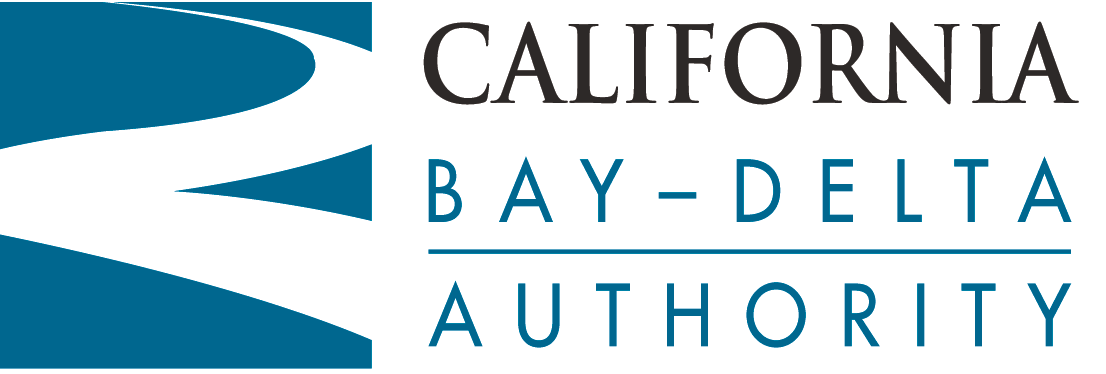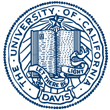 Project Background and Goals
Project Background and Goals
Project Background and Goals
One of the greatest threats to the
San Francisco Bay - Sacramento/San Joaquin Delta (Bay-Delta)
ecosystem is the invasion of aquatic non-native species (NIS).
NIS represent a serious obstacle to successful ecosystem
restoration by the California Bay Delta Authority (CBDA) and other groups. Of the nearly 250 species of NIS
that now occupy the Bay-Delta region, many have already
caused significant economic and ecological damage.
Most NIS invasions occur as a result of human activities.
Eradication of most established species is nearly impossible.
Even modest
control measures are expensive and technically difficult.
The most effective strategy, for minimizing costs and
maximizing ecosystem health is to prevent the introductions occuring.
The seriousness of the invasive species problem
in the Bay-Delta region has resulted in direct action by CBDA
through the Strategic Plan for Non-Native Invasive Species.
The Strategic Plan makes prevention of future introductions
of NIS a top priority. It is this goal that is at the heart
of the RIDNIS Project.
A critical step in the prevention of future invasions,
and the central objective of this project, is to educate
industries involved in sales and distribution of NIS,
including the aquarium and pet trade, live seafood importers,
landscape contractors, aquatic plant nurseries, bait dealers,
and others, about the costs and consequences of unwanted NIS introductions.
These industries often sell non-native species that have the potential to
become pests if they are introduced to the Bay-Delta ecosystem.
This objective will be accomplished through seven tasks
that will help minimize new introductions and spread of NIS:
1) a series of outreach workshops, 2) the development of best
practice manuals for industries that sell aquatic non-native
invasive species, 3) creation of an educational poster in English and Chinese
for broad distribution, 4) industry magazine and website ads
and articles, 5) a short video segment for display on
commercial airplanes, local cable channels and other
high exposure venues, 6) maintenance of a project website that
will serve as an online source of information, and
7) project management that includes quarterly progress reports.
Project Objectives and Tasks
1) Workshops:
Two workshops will be held to discuss NIS and develop industry “codes of
conduct” or “best practices” for the nursery and aquarium pet trades.
One workshop will focus on the regulatory review of
permits for live product imports. The target audience for these workshops will be industry members
and representatives involved in the importation, sale, and
distribution of NIS, as well as state and federal agencies and non-governmental groups.
Pathways of transport for these non-native invasive species will be presented, as well as the most recent
information about California laws as they pertain to the importation of these species. There will be discussion
of ways to minimize the risks of both unintentional and intentional release of NIS. Industry and agency input
will aid in the development of best practices to minimize these risks. There will
be questionnaires distributed at the end of each workshop to gauge its effectiveness and to provide
the opportunity for input by the participants. This will also provide a basis for adaptive management that
will be used for the development of future workshops and outreach materials.
2) Best Practice Manuals: Based on input from the workshops, manuals will be created that include best
practice guidelines for industries that import, sell, and distribute non-native species. These manuals will
build upon existing codes of conduct for the aquarium and nursery industries. The manuals will be distributed
free of charge and the content of the manual will be posted on the project website so it can be easily downloaded.
Industry members will be encouraged to adopt these voluntary practices. In addition, after
distribution of the manuals, we will survey businesses to see if they have incorporated the recommended guidelines
into their trade practices and will seek input on ways to modify the guidelines to increase their implementation.
3) Poster: A color poster will be developed to correspond with the NIS brochure published during Phase 1 of
the RIDNIS project. The poster will be published in both English and Chinese to ensure the Asian
seafood markets are aware of the problem. This poster will focus on pathways of introduction of nonnative
invasive species and will include examples of several problematic aquatic plants and animals in the
Bay-Delta region. The target audience for this task will be various
industries (live bait, live seafood, etc.) that may not know that they could be introducing new
species to the area. We will request industry assistance in distributing and displaying the posters. Based on
industry willingness to distribute the “Invasion of the BaySnatchers” brochure from Phase 1 of the
project, we anticipate that these industry groups will be willing to provide this assistance as well.
4) Industry Magazine and Website Ads and Articles: Advertisments and articles on NIS will be
prepared for industry trade magazines, newsletters, and websites. We will try to have complimentary space provided
by the publication, but money has been budgeted to pay for these ads if necessary. Many target
industries have trade publications that would be an effective way to
communicate messages to this audience. Additional messages will include
electronic email announcements that include information about upcoming workshops, as well as
highlighting new information of relevance to industries involved with NIS.
5) Video: A short video segment will be produced for commercial airlines and local cable television
stations in both English and Chinese. We will work with airlines at the San Francisco, Oakland,
and Sacramento Airports to display these videos on selected flights. We will also work with
local cable television stations to air the video as a public service announcement.
The video will focus on general problems caused by aquatic non-native invasive species,
pathways of introduction, and NIS importation via airline passengers. The primary message
is tohelp passengers understand why they should not bring back any foreign plants or animals
to California, without going through proper importation procedures.
6) Project Website Maintenance: The project website that was created during RIDNIS Phase 1
will be maintained and enhanced. Additional information about upcoming workshops will be
included, as well as resource contacts available for outreach, education and technical assistance. The
products produced for Tasks 2, 3, and 4 will be made available on the website, as well as information
discussed at the workshops (Task 1). A list of airlines cooperating with Task 5 will also be
displayed. The impact of the worldwide web on distributing up-to-date information is constantly
expanding as more people are getting connected at home and at work. Many businesses in the BayDelta,
including sport fishing, bait, and boating shops, are creating their own websites. In Phase 1 of the
project, we sought to have industry websites link to the RIDNIS project website. This expands
the impact and distribution of the project message and outreach materials. In addition to enhancing the current
website, we will seek additional web links from various target industries.
References
Cohen, A.N., and J.T. Carlton. 1998. Accelerating invasion rate
in a highly invaded estuary. Science 279: 555-558.
U.S. Congress, Office of Technology Assessment. 1993. Harmful
non-indigenous species in the United States. U.S. Government Printing
Office, Washington, D.C.
| *RIDNIS
Project Background Page, September 2003 - September 2005 (*Reducing the Introduction and Distribution of Aquatic Non-Native Invasive Species through Outreach & Education) University of California Cooperative Extension, Department of Environmental Science and Policy Website maintained by Kelly Torres (kktorres@ucdavis.edu) |
||
| This project is funded by the CBDA California Bay-Delta Authority in cooperation with the University of California Cooperative Extension. | ||
 
 |